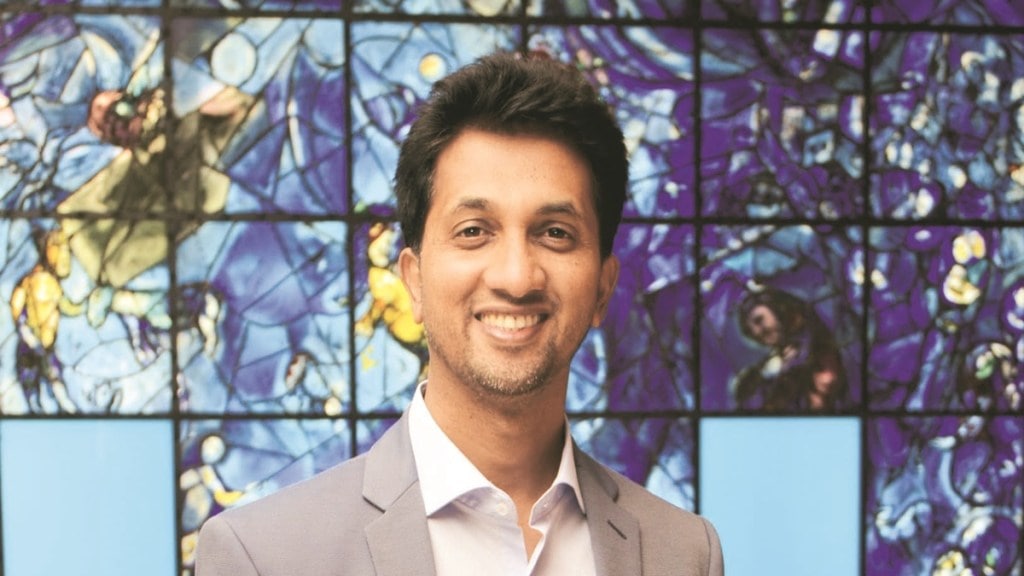Despite being present in a number of tier-II and tier-III markets, iD Fresh Food finds the bigger chunk of its revenue coming from the metro cities. The Azim Premji-backed ready-to-cook products retailer is now strengthening its dairy portfolio and preparing to set foot in the freshly frozen segment in India. In a freewheeling conversation with Akanksha Nagar, CEO and co-founder PC Musthafa speaks about the company’s expanding presence in overseas markets, its distribution strategy and other factors fuelling its growth. Excerpts:
What explains iD Fresh Food’s new aggression in the dairy segment?
iD Fresh Food started with batter and later forayed into other fresh products such as paratha and chapatis. Three-and-a-half years back, we launched paneer which has become one of the fastest growing categories contributing around `5 crore per month, and the plan is to take it to `100 crore in a year. We later launched curd and within one year, it is doing around `2.5 crore per month, which gave us the confidence to try some differentiated products in the category. Our monthly revenue from dairy is over `7.5 crore, and we are considering introducing other dairy products. With ghee, we are eyeing an additional `100 crore in revenue.
Our pricing is at a 10% premium to other available brands because of the freshness of our offerings. Having launched the product in Mumbai first, we plan to use our existing distribution network to push it in other markets. Overall, parathas contribute around 35% to the revenue and batter around 33%.
As you spread your wings, how will you ensure there is no drop in quality across the value chain?
The existing distributor-driven business model does not have proper facilities for transportation or storage and on an average, it takes around 10 days for a product to reach a store from the factory. Our products have a very short shelf life. For instance, paratha has a three-to-four-day shelf life. We started with a direct retail distribution platform and created our own supply chain. We geo-tagged every store and did geofencing of the store to ensure the service is being offered properly at the store level and then we did route optimisation to ensure the right sequence of the stores to encounter fewer traffic jams.
Finally, we have store-wise, item-wise, sales and returns data for the last 12 years and are now able to predict the right demand for a particular store on a particular day with 96% accuracy. We have a quality team to audit the retail store to ensure the right temperature. To procure consumer data, we have partnerships with e-commerce and quick-commerce players. We keep the product in the retail stores only for two days and then do stock rotation into the B2B channel. We have less than 5% wastage today and plan to take it to 1% in the next 12 months.
We have four production facilities — three in India (Bangalore, Hyderabad and Mumbai) and one in Ajman (UAE). We plan to set up one plant in Delhi and another plant in Kolkata, very soon.
What is your revenue target for this year and how do you plan to get there?
Although the ambition was to close the year with `700 crore, we’ll end up doing `600 crore-plus versus the `410 crore we did last year. Our e-commerce revenue, which was around `22 lakh per month before the pandemic, has now increased 60X, and last month it was `12 crore. Overall, a third of our revenue is coming from the international markets — which we plan to take to 50% in the next three-four years — and two-thirds from India.
In India, around 36% comes from e-commerce, around 25% from modern trade, 7-8% would be institutional sales, and the balance from standalone stores and general trade. The strongest market for us will remain the metros with double-income families our core target group (TG). Although we have started some trials and operations in Trivandrum and Calicut, and are doing some experiments in Hubli, Madurai, etc., our products don’t do too well in those markets.

